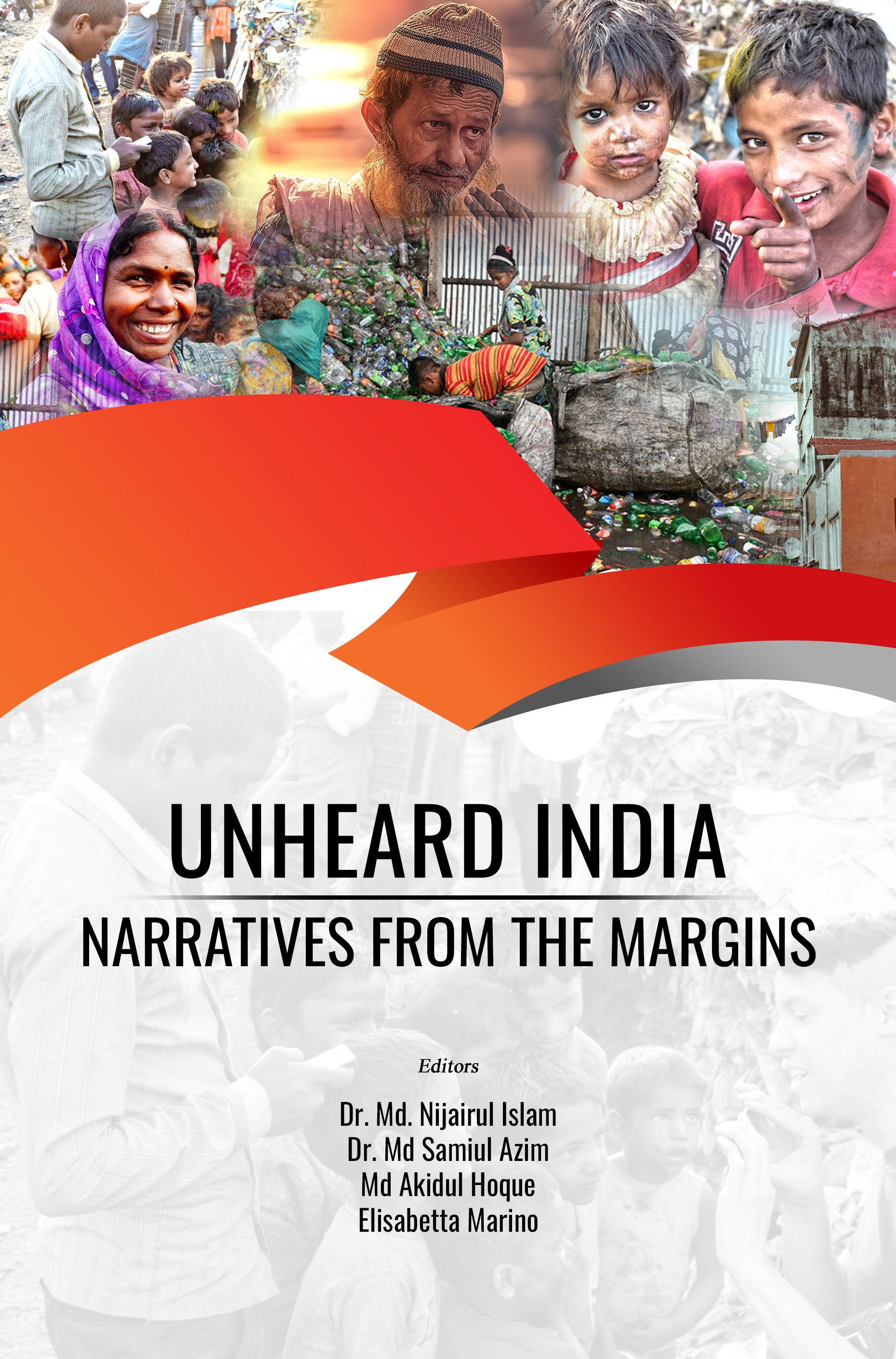REIMAGINING SCHOOL EDUCATION OF SCHEDULED CASTES AND SCHEDULED TRIBES: EVOLUTION FROM NPE 1986 TO NEP 2020
DOI:
https://doi.org/10.25215/1257942751.14Abstract
India’s educational landscape reflects deep-rooted disparities, particularly among Scheduled Castes (SCs) and Scheduled Tribes (STs), two of the most socio-economically disadvantaged groups. Recognising education as a critical instrument of empowerment and mobility, successive national and state policies have sought to promote educational equity for these communities. Beginning with the National Policy on Education (NPE) 1986 and its 1992 revision, followed by initiatives such as the SCSP, TSP, SSA, RTE Act 2009, and Samagra Shiksha Abhiyan, India has attempted to bridge the educational gap. The National Education Policy (NEP) 2020 further emphasizes inclusive, equitable, and skill-oriented education. Despite policy advances, empirical evidence highlights continued exclusion and inequality for SC/ST children in access, enrolment, and retention. This paper, based on documentary research and secondary data analysis, reviews key indicators—literacy rates, gross enrolment ratios, and dropout rates—from NPE 1986 to NEP 2020. It also outlines persistent challenges and future directions for strengthening school-level education among SC/ST communities in India.Published
2025-07-28
Issue
Section
Articles


